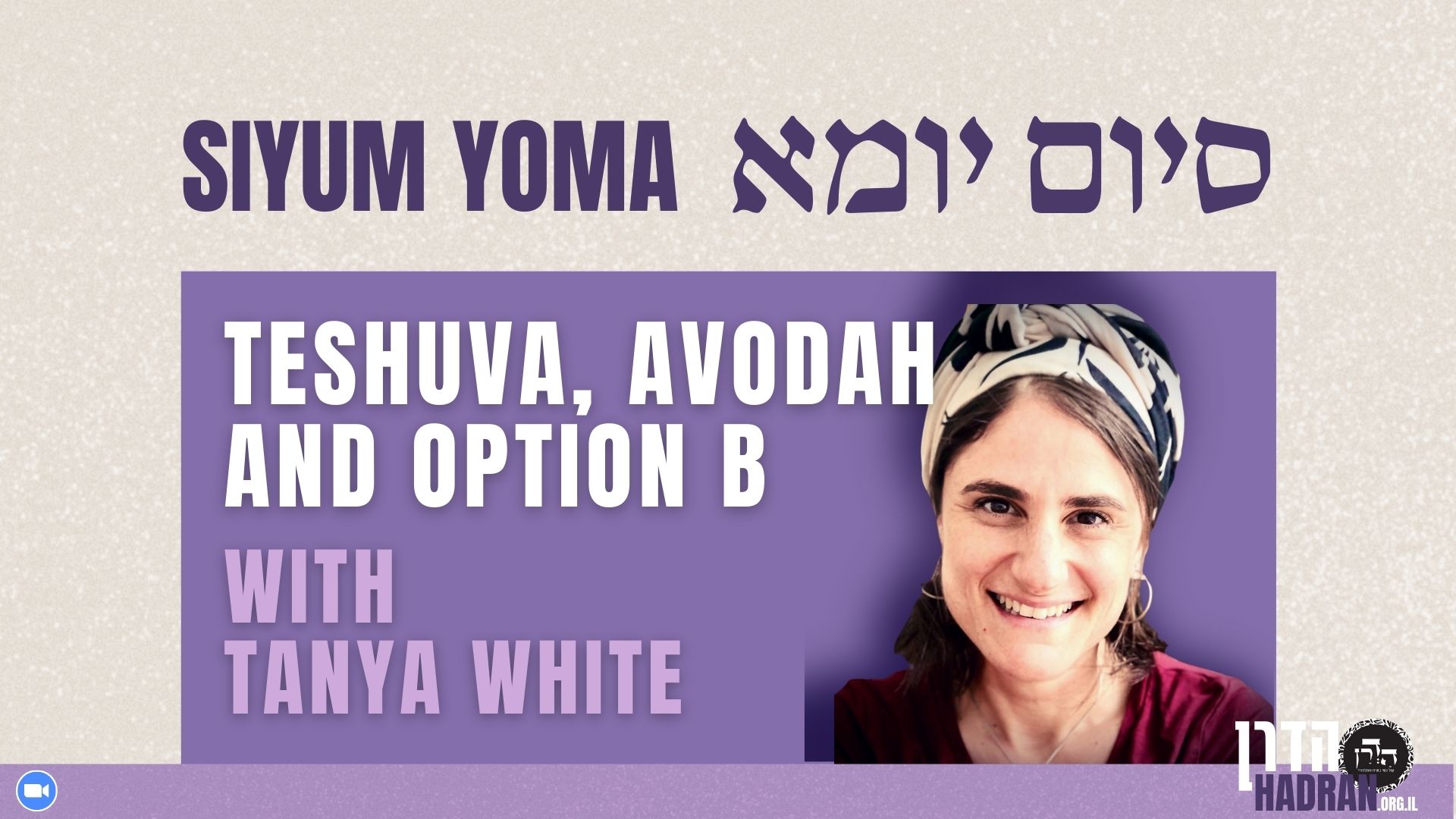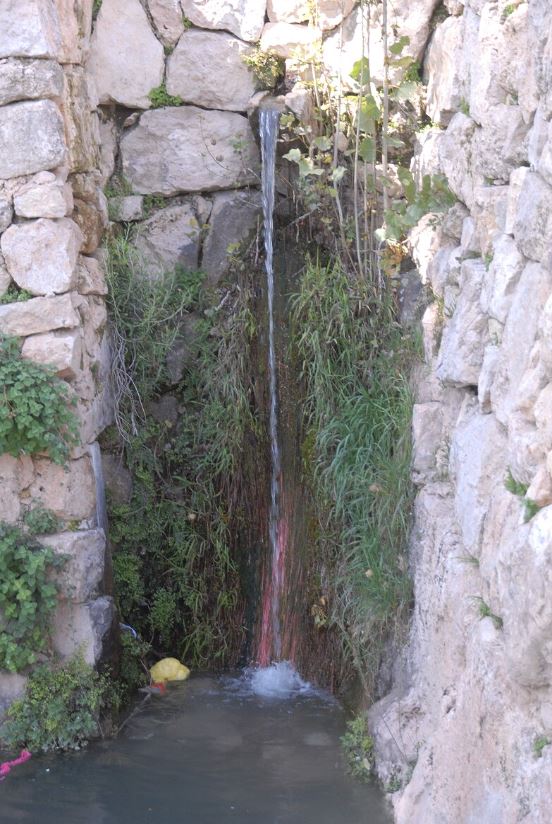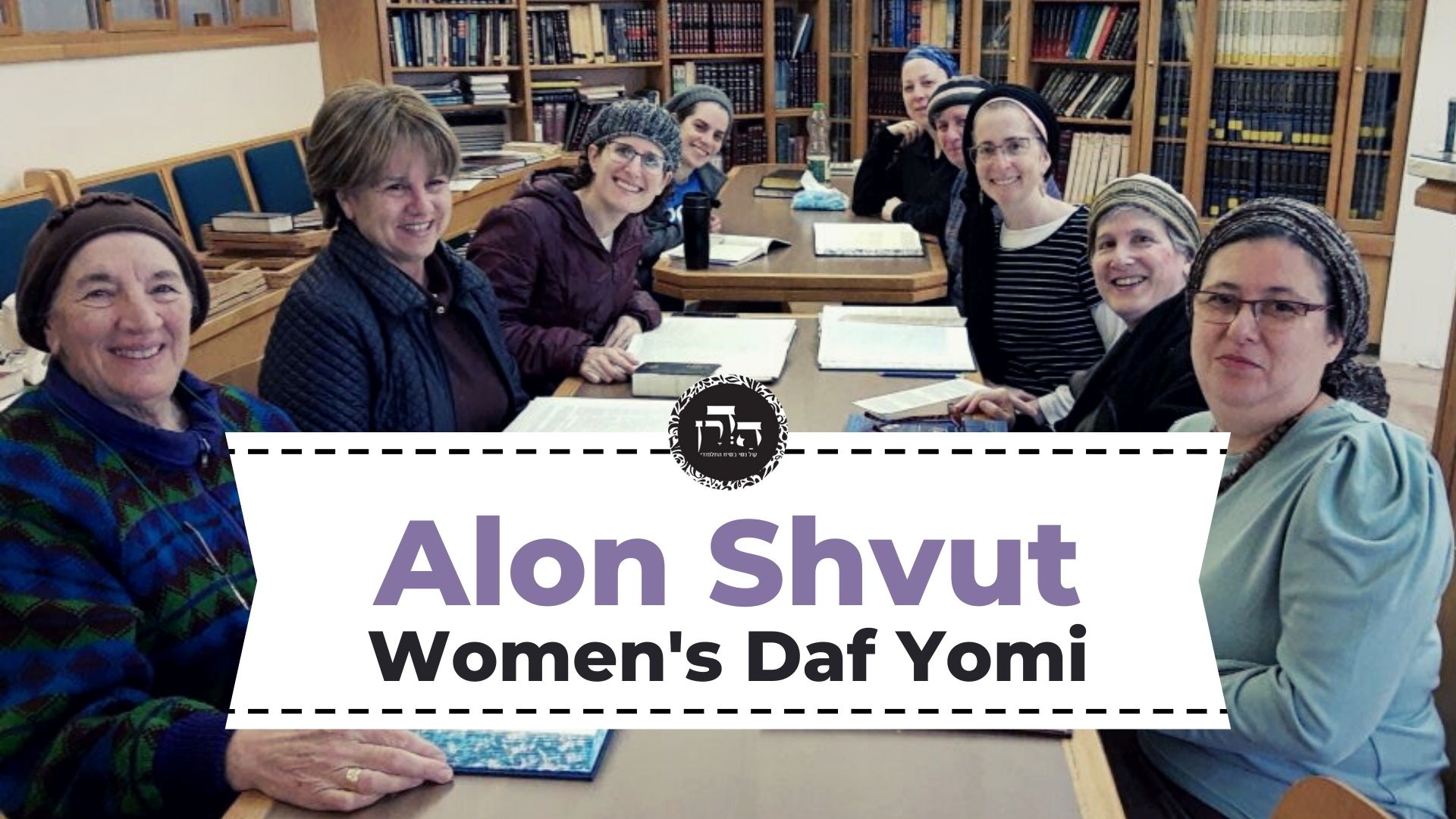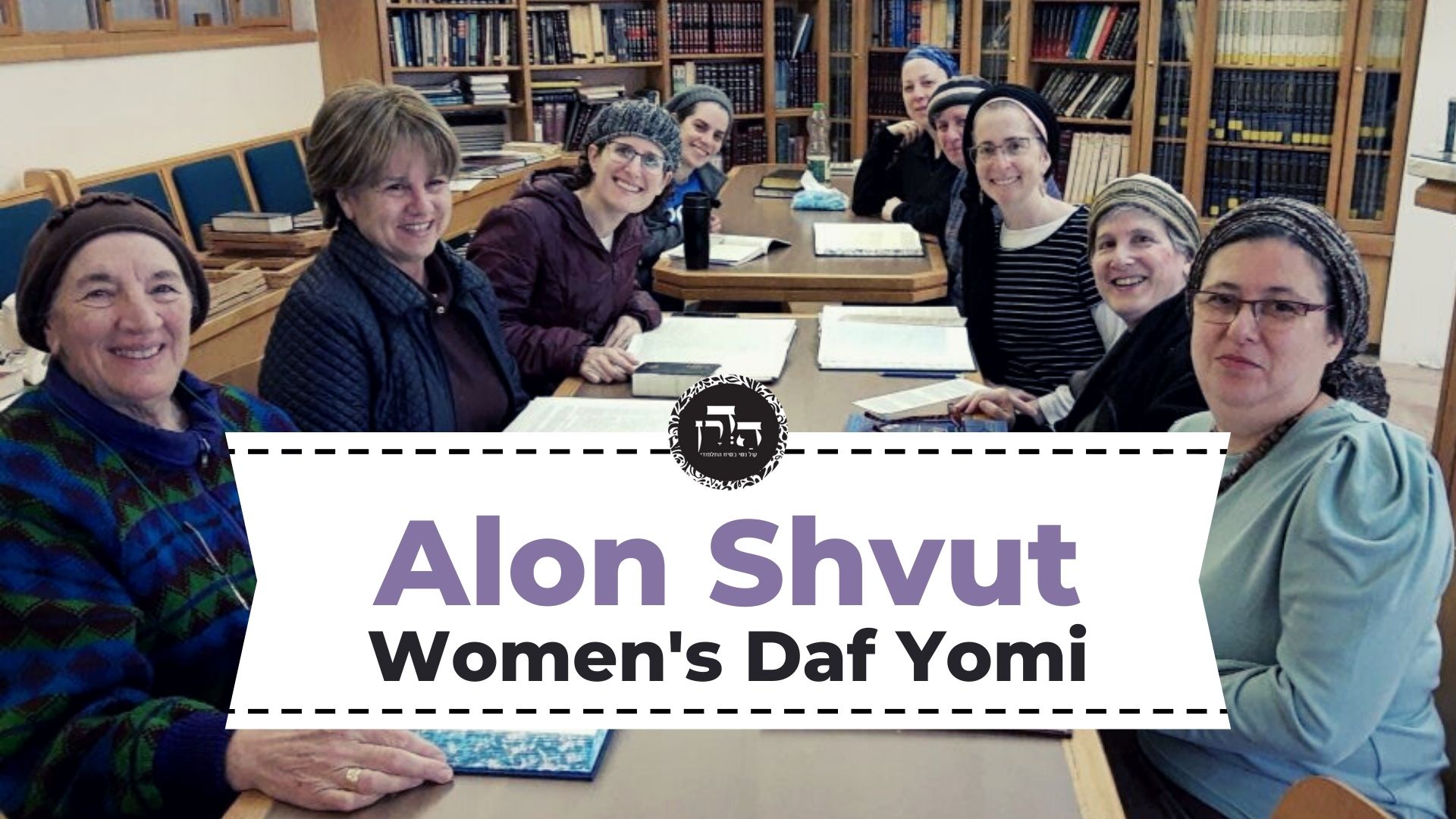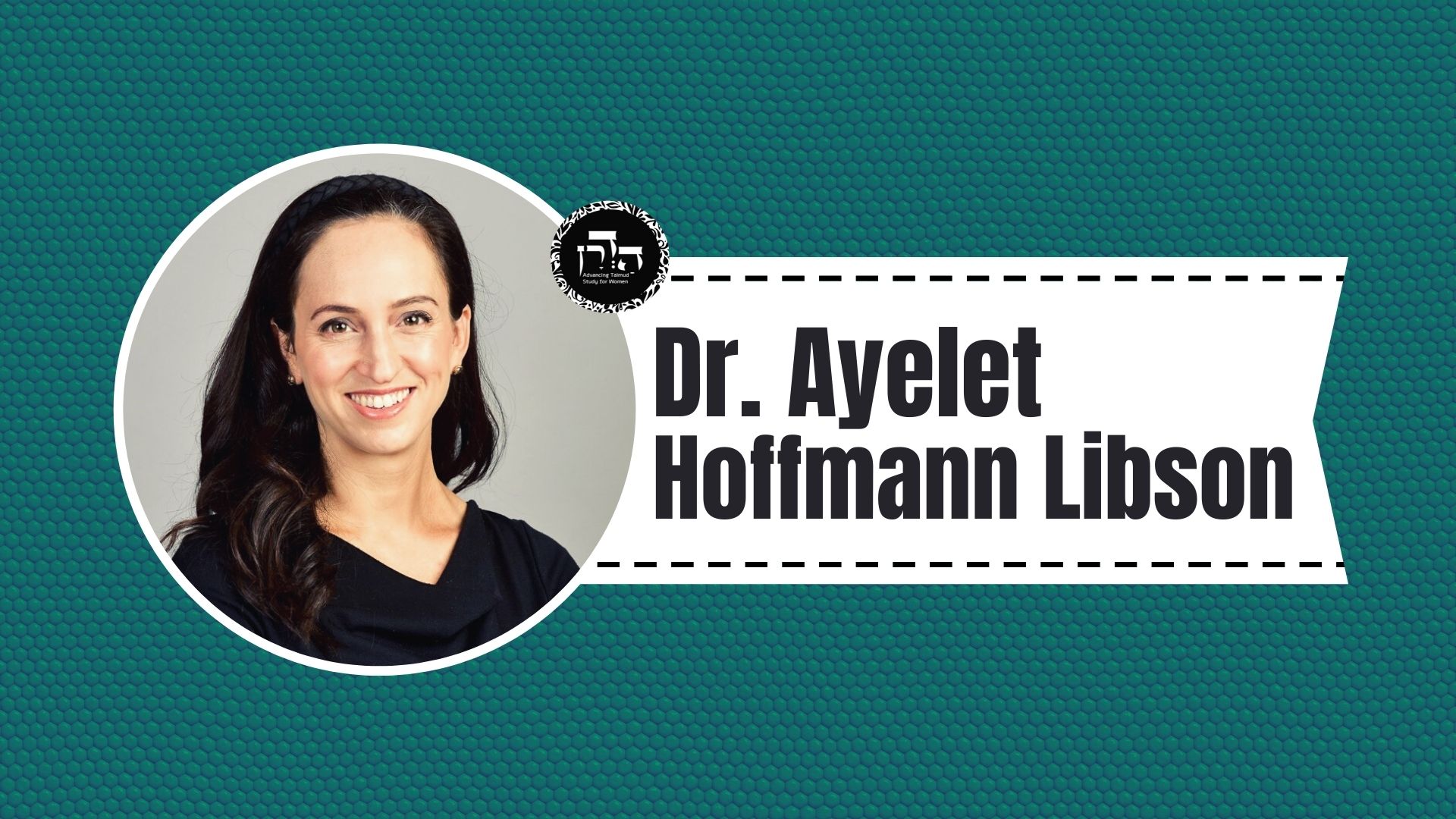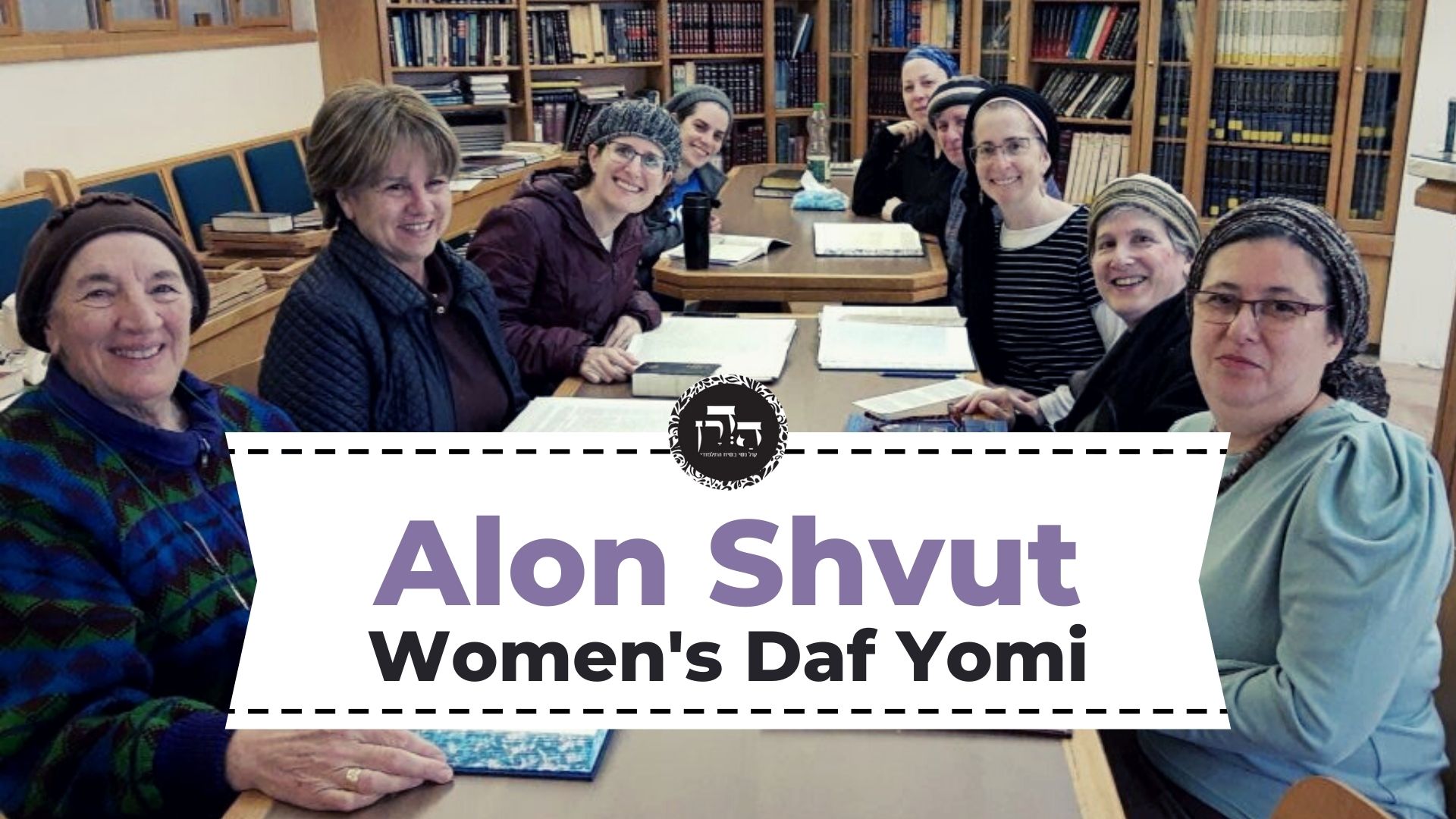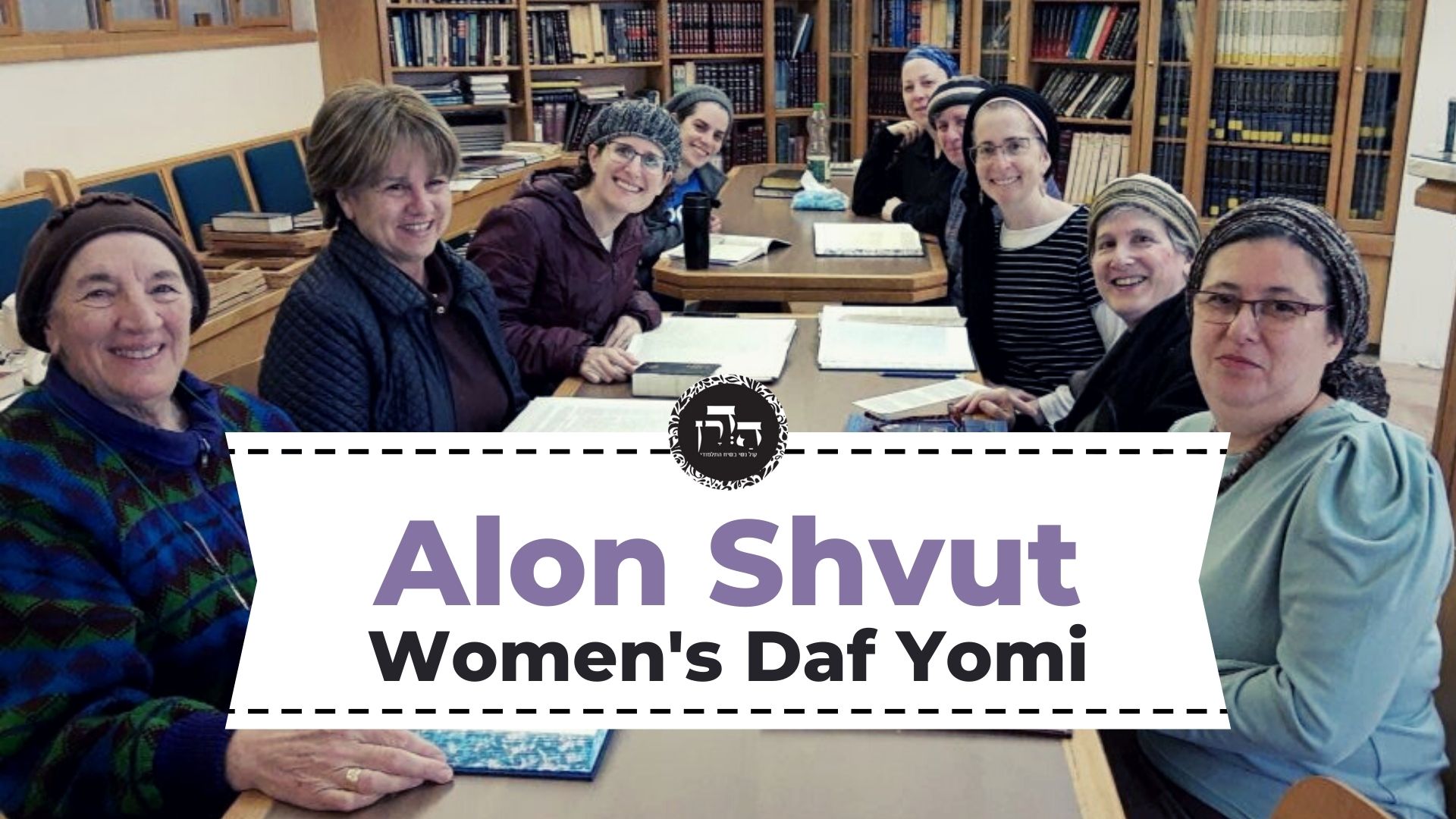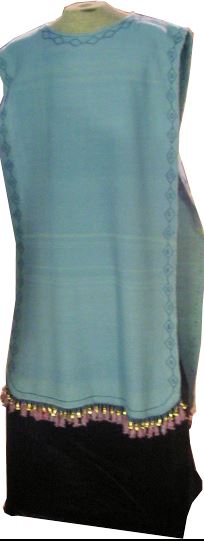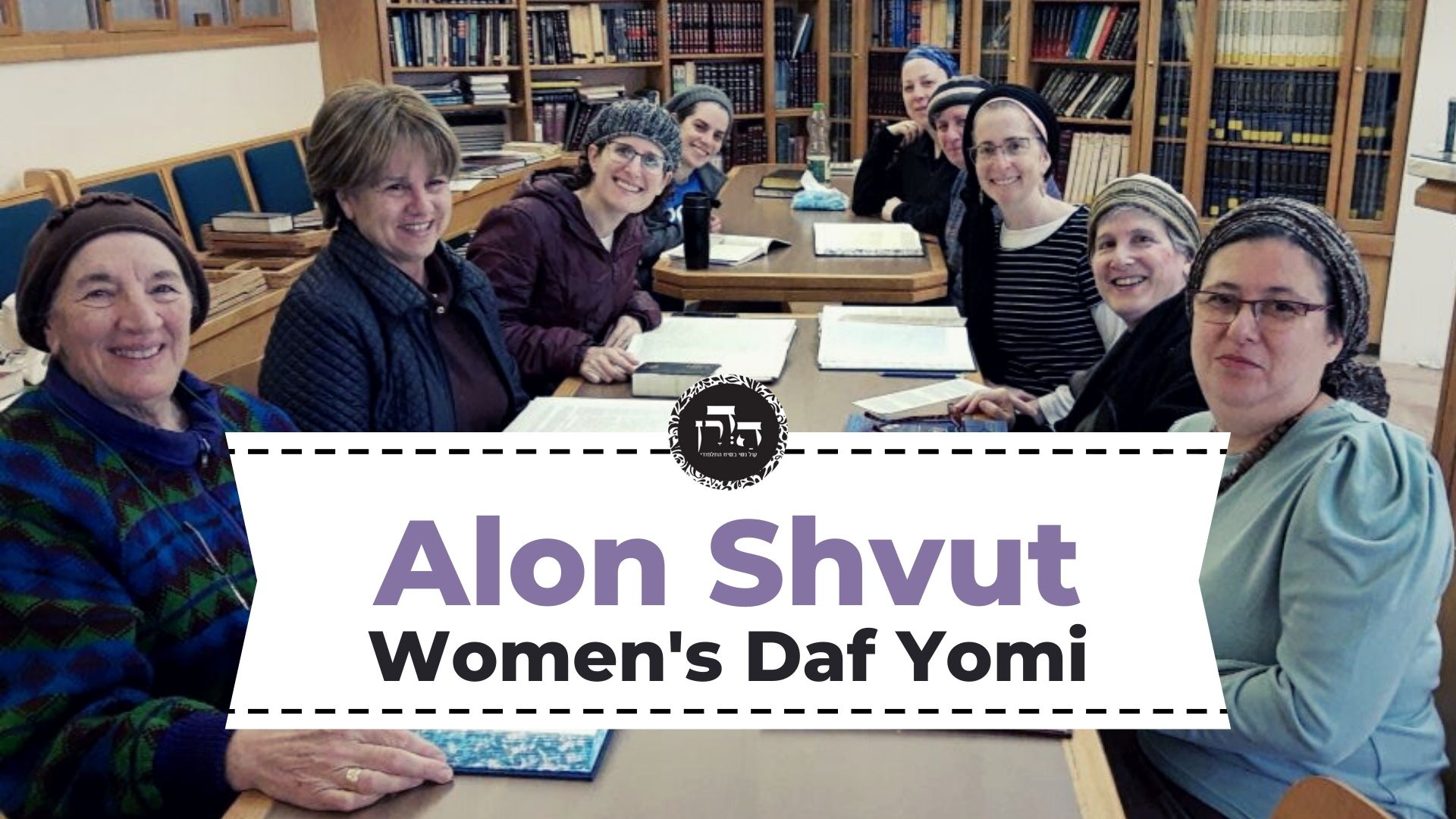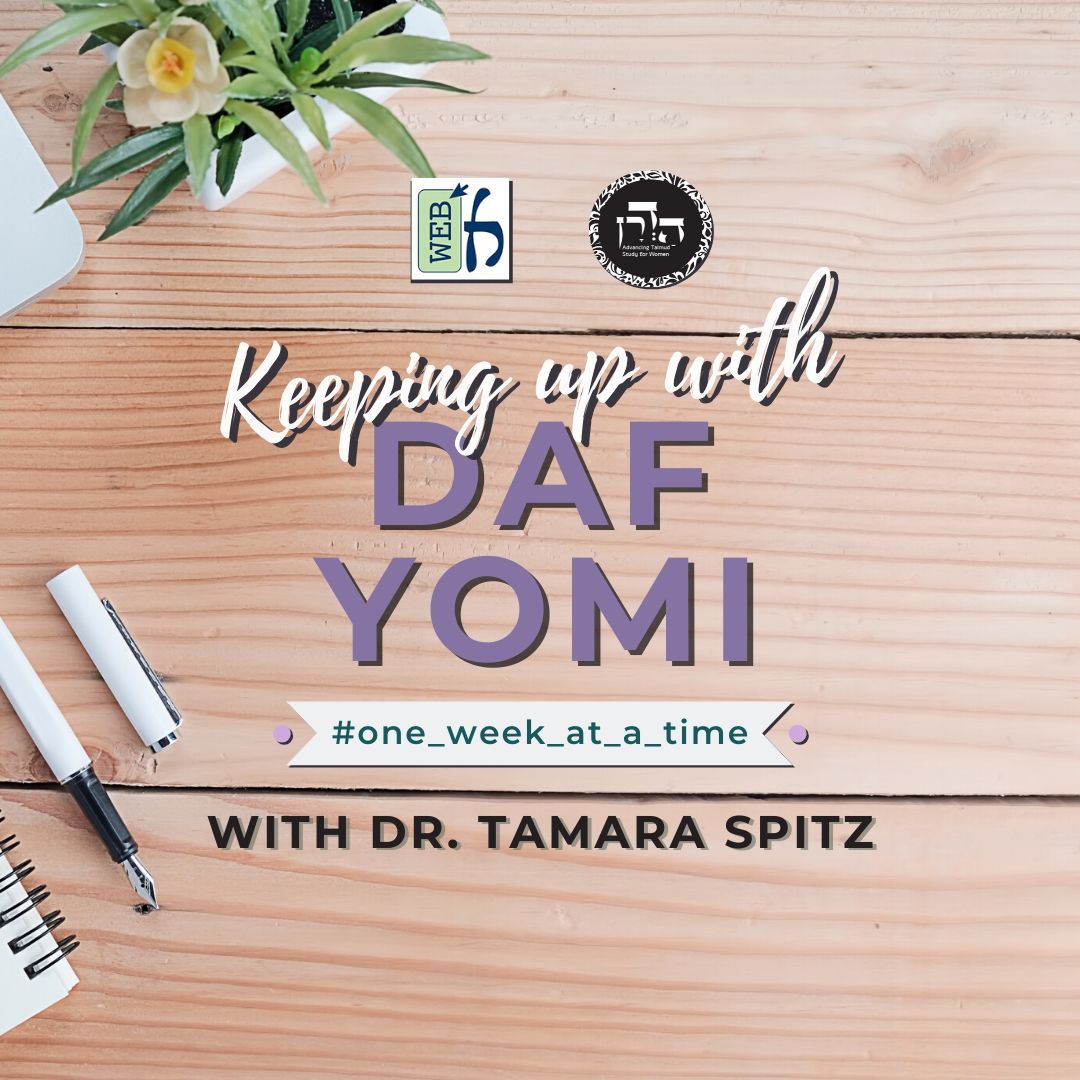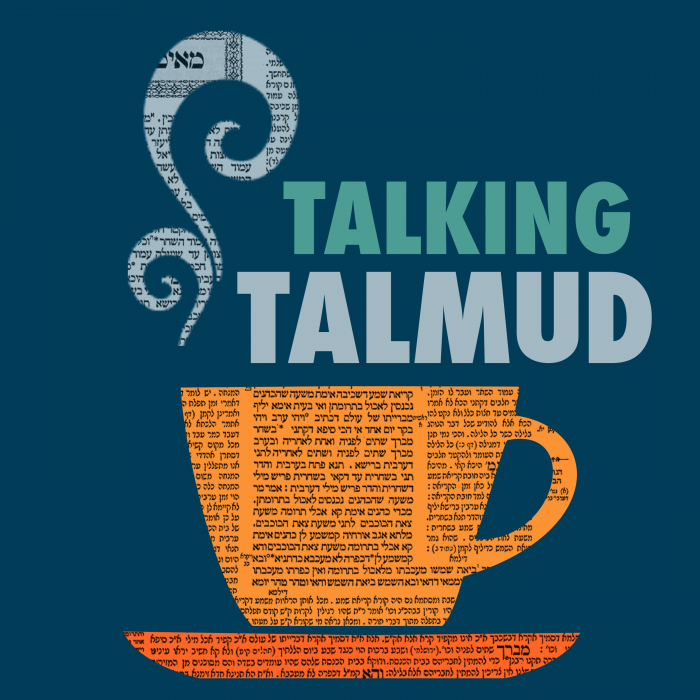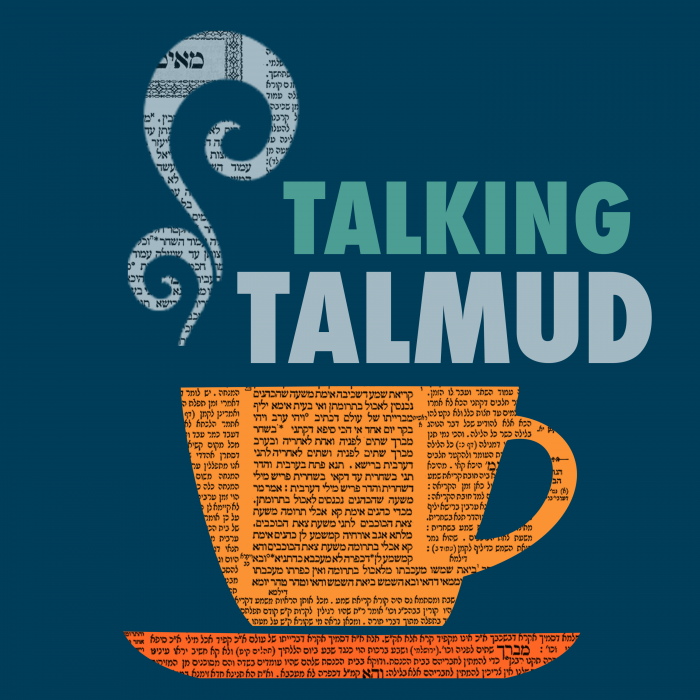Yoma 68
מָה לְהַלָּן, עַל יְדֵי נִיתּוּחַ וְלֹא עַל יְדֵי הֶפְשֵׁט, אַף כָּאן, עַל יְדֵי נִיתּוּחַ וְלֹא עַל יְדֵי הֶפְשֵׁט.
Just as below it is prepared for burning by means of dissection and not by means of skinning, so too here it is by means of dissection and not by means of skinning.
וְהָתָם מְנָא לַן? דְּתַנְיָא: ״וְקִרְבּוֹ וּפִרְשׁוֹ וְהוֹצִיא״ — מְלַמֵּד שֶׁמּוֹצִיאוֹ שָׁלֵם. יָכוֹל יִשְׂרְפֶנּוּ שָׁלֵם? נֶאֱמַר כָּאן: ״רֹאשׁוֹ וּכְרָעָיו״, וְנֶאֱמַר לְהַלָּן: (״רֹאשׁ וּכְרָעַיִם״), מָה לְהַלָּן עַל יְדֵי נִיתּוּחַ, אַף כָּאן עַל יְדֵי נִיתּוּחַ.
The Gemara asks: And there, with regard to bull sin-offerings that are burned, from where do we derive that they are cut but not skinned? The Gemara answers: As it was taught in a baraita: “And the skin of the bull and all its flesh, with its head and with its legs, and its innards, and its dung, even the whole bull shall he carry outside the camp to a clean place, where the ashes are poured out, and burn it on wood with fire” (Leviticus 4:11–12). This teaches that he brings it out whole. One might have thought that he should burn it whole. It is stated here: Its head and its legs, and it is stated there, with regard to burnt-offerings, head and legs. Just as there, the burnt-offering is performed by means of dissection, as explicitly stated in the verse, so too here it is by means of dissection.
אִי מָה לְהַלָּן עַל יְדֵי הֶפְשֵׁט, אַף כָּאן עַל יְדֵי הֶפְשֵׁט, תַּלְמוּד לוֹמַר: ״וְקִרְבּוֹ וּפִרְשׁוֹ״. מַאי תַּלְמוּדָא? אָמַר רַב פָּפָּא: כְּשֵׁם שֶׁפִּרְשׁוֹ בְּקִרְבּוֹ, כָּךְ בְּשָׂרוֹ בְּעוֹרוֹ.
The Gemara asks: If so, derive the following from the same verbal analogy: Just as there, in the case of burnt-offerings, the dissection is performed with skinning, so too here it is with skinning, and he must remove the skin of the animals before burning them. The Gemara answers: Therefore, the verse states “and its innards, and its dung.” The Gemara asks: What is the derivation from this phrase? Rav Pappa said: Just as its dung is within its innards and they do not remove it, so too, its flesh is in its skin and they do not separate the skin from the flesh.
מֵאֵימָתַי מְטַמְּאִין בְּגָדִים. תָּנוּ רַבָּנַן: ״יוֹצִיא אֶל מִחוּץ לַמַּחֲנֶה וְשָׂרְפוּ״.
§ It was taught in the mishna that the tanna’im disagree about the question of at what point the bull and goat render the garments of those who carried them impure. The Sages taught a baraita based on the verse: “The bull of the sin-offering and the goat of the sin-offering whose blood was brought in to gain atonement in the sacred place, shall be taken outside the camp and they shall burn” (Leviticus 16:27).
לְהַלָּן אַתָּה נוֹתֵן לָהֶם שָׁלֹשׁ מַחֲנוֹת, וְכָאן אַתָּה נוֹתֵן לָהֶם מַחֲנֶה אַחַת? אִם כֵּן לָמָּה נֶאֱמַר ״מִחוּץ לַמַּחֲנֶה״, לוֹמַר לָךְ: כֵּיוָן שֶׁיָּצָא חוּץ לְמַחֲנֶה אַחַת — מְטַמְּאִים בְּגָדִים.
One might wonder: Below, with regard to other bull sin-offerings that are burned, you give them three camps, meaning that the bulls are burned outside the Israelite camp or, in the time of the Temple, outside Jerusalem. And here you give them only one camp, as they are burned as soon as they are taken out of the Temple courtyard, which is considered the camp of the Divine Presence. This seems unreasonable and is not to be accepted. If so, why is it stated: “Outside the camp”? The intention is not that they leave only one camp, but rather, to say to you: Once it has left one camp it immediately renders the garments of those carrying it impure.
וְהָתָם מְנָא לַן? דְּתַנְיָא: ״וְהוֹצִיא אֶת כׇּל הַפָּר״ — חוּץ לְשָׁלֹשׁ מַחֲנוֹת.
The Gemara asks: And there, with regard to other bull sin-offerings that are burned, from where do we derive that they are removed from all three camps? The Gemara explains: As it was taught in a baraita: It is stated about the bull sin-offering of the High Priest: “Even the whole bull shall he carry outside the camp…and burn it” (Leviticus 4:12), meaning that he should take it outside of three camps.
אַתָּה אוֹמֵר חוּץ לְשָׁלֹשׁ מַחֲנוֹת, אוֹ אֵינוֹ אֶלָּא חוּץ לְמַחֲנֶה אַחַת? כְּשֶׁהוּא אוֹמֵר בְּפַר הָעֵדָה ״אֶל מִחוּץ לַמַּחֲנֶה״, שֶׁאֵין תַּלְמוּד לוֹמַר, שֶׁהֲרֵי כְּבָר נֶאֱמַר ״וְשָׂרַף אוֹתוֹ כַּאֲשֶׁר שָׂרַף אֵת הַפָּר הָרִאשׁוֹן״, וּמָה תַּלְמוּד לוֹמַר ״אֶל מִחוּץ לַמַּחֲנֶה״ — לִיתֵּן לוֹ מַחֲנֶה שְׁנִיָּה.
Do you say that he takes it outside of three camps, or is he required to take it outside of only one camp? When it says with regard to the bull sin-offering brought for the sin of the community: “He shall carry the bull outside the camp” (Leviticus 4:21), that verse requires explanation, as there is no need for the verse to state this, since it was already stated: “And burn it as he burned the first bull” (Leviticus 4:21), which indicates that all the halakhot of the bull sin-offering of a High Priest apply to the bull sin-offering of the community as well. And what is the meaning when the verse states outside the camp? To give it a second camp, i.e., to indicate that it must be removed from the Levite camp in addition to the camp of the Divine Presence.
וּכְשֶׁהוּא אוֹמֵר ״מִחוּץ לַמַּחֲנֶה״ בַּדֶּשֶׁן, שֶׁאֵין תַּלְמוּד לוֹמַר, שֶׁהֲרֵי כְּבָר נֶאֱמַר: ״אֶל שֶׁפֶךְ הַדֶּשֶׁן״, תֵּן לוֹ מַחֲנֶה שְׁלִישִׁית.
And when it says: “Outside the camp” (Leviticus 6:4) with regard to removal of the ash, that verse also requires explanation, as there is no need for the verse to state this, since it was already stated with regard to the bull sin-offering of a High Priest: “Even the whole bull shall he carry outside the camp to a clean place, where the ashes are poured out, and burn it on wood with fire; where the ashes are poured out shall it be burned” (Leviticus 4:12). Rather the repetition of the words: Outside the camp, indicates that he should give it a third camp, so that it is burned outside of the Israelite camp as well. Consequently, it has been derived that inner sin-offerings are burned outside of the three camps, and when the Torah states: Outside the camp, with regard to the bull and goat of Yom Kippur, it teaches that as soon as they are taken outside the Temple courtyard, the garments of those carrying them are rendered impure.
וְרַבִּי שִׁמְעוֹן, הַאי ״מִחוּץ לַמַּחֲנֶה״ מַאי עָבֵיד לֵיהּ? מִיבְּעֵי לֵיהּ לְכִדְתַנְיָא: רַבִּי אֱלִיעֶזֶר אוֹמֵר: נֶאֱמַר כָּאן ״מִחוּץ לַמַּחֲנֶה״ וְנֶאֱמַר לְהַלָּן ״מִחוּץ לַמַּחֲנֶה״, מָה כָּאן חוּץ לְשָׁלֹשׁ מַחֲנוֹת, אַף לְהַלָּן חוּץ לְשָׁלֹשׁ מַחֲנוֹת. וּמָה לְהַלָּן בְּמִזְרָחָהּ שֶׁל יְרוּשָׁלַיִם — אַף כָּאן בְּמִזְרָחָהּ שֶׁל יְרוּשָׁלַיִם.
The Gemara asks: And what does Rabbi Shimon do with the phrase outside the camp, as he holds that those carrying the bull and goat are rendered impure only once they leave all three camps? The Gemara answers: He needs it for that which was taught in a baraita, that Rabbi Eliezer says: It is stated here, with regard to the bull of Yom Kippur, outside the camp, and it is stated there, with regard to the red heifer, “outside the camp” (Numbers 19:3). Just as here, it is burned outside three camps, so too there the heifer, it is burned outside three camps. And just as there it is burned east of Jerusalem, since the heifer must be burned “toward the front of the Tent of Meeting” (Numbers 19:4), opposite the entrance to the Temple to its east, so too here the bull and goat of Yom Kippur are burned east of Jerusalem.
וְרַבָּנַן, הֵיכָא שָׂרֵיף לְהוּ? כִּדְתַנְיָא: הֵיכָן נִשְׂרָפִין?
The Gemara asks: And according to the Rabbis, where do they burn them? The Gemara answers: As it was taught in a baraita: Where are they burned?
לִצְפוֹנָהּ שֶׁל יְרוּשָׁלַיִם, וְחוּץ לְשָׁלֹשׁ מַחֲנוֹת. רַבִּי יוֹסֵי אוֹמֵר: אַבֵּית הַדֶּשֶׁן נִשְׂרָפִין.
North of Jerusalem, and outside of three camps. Rabbi Yosei says: They are burned in the place of the ashes.
אָמַר רָבָא: מַאן תְּנָא דִּפְלִיג עֲלֵיהּ דְּרַבִּי יוֹסֵי — רַבִּי אֱלִיעֶזֶר בֶּן יַעֲקֹב הוּא. דְּתַנְיָא: ״אֶל שֶׁפֶךְ הַדֶּשֶׁן יִשָּׂרֵף״, שֶׁיְּהֵא לְשֵׁם דֶּשֶׁן, רַבִּי אֱלִיעֶזֶר בֶּן יַעֲקֹב אוֹמֵר: שֶׁיְּהֵא מְקוֹמוֹ מְשׁוּפָּךְ.
Rava said: Who is the tanna who disagrees with Rabbi Yosei on this issue? It is Rabbi Eliezer ben Ya’akov, as it was taught in a baraita with regard to the verse: “Where the ashes are poured out [shefekh hadeshen] shall it be burned” (Leviticus 4:12), which means that there shall already be ash there in that place, so that it is known as the ash heap even before this animal is burned there. Rabbi Eliezer ben Ya’akov says: This verse indicates that its place should be slanted [meshupakh] so that ash that is deposited there will roll downhill. Rava understood that whereas Rabbi Yosei requires that there already be ash present when the bull is burned, Rabbi Eliezer ben Ya’akov does not.
אֲמַר לֵיהּ אַבָּיֵי: וְדִילְמָא בִּמְקוֹמוֹ מְשׁוּפָּךְ הוּא דִּפְלִיגִי.
Abaye said to him: There is no proof from here, as perhaps they disagree only about whether the place must be slanted. Rabbi Eliezer ben Ya’akov may agree there should be ash there to begin with, but he adds that the place must also be slanted. Therefore, there is no proof to support Rava’s statement.
תָּנוּ רַבָּנַן: ״וְהַשּׂוֹרֵף״ — הַשּׂוֹרֵף מְטַמֵּא בְּגָדִים וְלֹא הַמַּצִּית אֶת הָאוּר וְלֹא הַמְסַדֵּר אֶת הַמַּעֲרָכָה. וְאֵי זֶהוּ הַשּׂוֹרֵף? זֶה הַמְסַיֵּיעַ בִּשְׁעַת שְׂרֵיפָה.
The Sages taught: It states: “And he who burns them shall wash his garments” (Leviticus 16:28), to indicate that only the garments of the one who burns the bull and goat of Yom Kippur are rendered impure, but not the garments of the one who kindles the fire, and not the garments of the one who arranges the pile of wood. And who is the one who burns? It is the one who assists at the actual time of burning.
יָכוֹל אַף מִשֶּׁנַּעֲשׂוּ אֵפֶר מְטַמְּאִין בְּגָדִים — תַּלְמוּד לוֹמַר: ״אוֹתָם״, אוֹתָם מְטַמְּאִין בְּגָדִים, וְלֹא מִשֶּׁנַּעֲשׂוּ אֵפֶר מְטַמְּאִין בְּגָדִים. רַבִּי אֶלְעָזָר בְּרַבִּי שִׁמְעוֹן אוֹמֵר: הַפָּר מְטַמֵּא, נִיתַּךְ הַבָּשָׂר אֵינוֹ מְטַמֵּא בְּגָדִים.
One might have thought that garments would be rendered impure even after the bull and goat have become ash. Therefore, the verse states: Them, to indicate that they themselves, the bull and goat of Yom Kippur, render garments impure, but they do not render garments impure once they become ash. Rabbi Elazar, son of Rabbi Shimon, says: The bull causes ritual impurity before it is burned, but once the flesh is burned it no longer renders garments impure.
מַאי בֵּינַיְיהוּ? אִיכָּא בֵּינַיְיהוּ דְּשַׁוְּיֵהּ חֲרוֹכָא.
The Gemara asks: What is the practical difference between the opinion of the first tanna and the opinion of Rabbi Elazar, son of Rabbi Shimon? The Gemara answers: There is a difference between them when he turned it into a charred mass and the form of the animal has already become distorted but has not actually become ash. According to Rabbi Elazar, son of Rabbi Shimon, it no longer causes impurity.
מַתְנִי׳ אָמְרוּ לוֹ לְכֹהֵן גָּדוֹל: הִגִּיעַ שָׂעִיר לַמִּדְבָּר. וּמִנַּיִין הָיוּ יוֹדְעִין שֶׁהִגִּיעַ שָׂעִיר לַמִּדְבָּר? דִּירְכָּאוֹת הָיוּ עוֹשִׂין וּמְנִיפִין בְּסוּדָרִין. וְיוֹדְעִין שֶׁהִגִּיעַ שָׂעִיר לַמִּדְבָּר.
MISHNA: They said to the High Priest: The goat has reached the wilderness. And how did they know in the Temple that the goat reached the wilderness? They would build platforms [dirkaot] all along the way and people would stand on them and wave scarves [sudarin] to signal when the goat arrived. And therefore they knew that the goat reached the wilderness.
אָמַר רַבִּי יְהוּדָה, וַהֲלֹא סִימָן גָּדוֹל הָיָה לָהֶם: מִירוּשָׁלַיִם וְעַד בֵּית חֲדוֹדוֹ, שְׁלֹשָׁה מִילִין, הוֹלְכִין מִיל וְחוֹזְרִין מִיל, וְשׁוֹהִין כְּדֵי מִיל וְיוֹדְעִין שֶׁהִגִּיעַ שָׂעִיר לַמִּדְבָּר.
Rabbi Yehuda said: Why did they need these platforms? Didn’t they already have a reliable indicator? From Jerusalem to Beit Ḥiddudo, the edge of the wilderness, where the mitzva of dispatching the goat was performed, was a distance of three mil. Since the nobles of Jerusalem walked a mil to escort the dispatcher and returned a mil, and waited the time equivalent to the time it takes to walk a mil, they knew that the goat reached the wilderness. There was no need for the platforms.
רַבִּי יִשְׁמָעֵאל אוֹמֵר: וַהֲלֹא סִימָן אַחֵר הָיָה לָהֶם: לָשׁוֹן שֶׁל זְהוֹרִית הָיָה קָשׁוּר עַל פִּתְחוֹ שֶׁל הֵיכָל, וּכְשֶׁהִגִּיעַ שָׂעִיר לַמִּדְבָּר הָיָה הַלָּשׁוֹן מַלְבִּין, שֶׁנֶּאֱמַר: ״אִם יִהְיוּ חֲטָאֵיכֶם כַּשָּׁנִים כַּשֶּׁלֶג יַלְבִּינוּ״.
Rabbi Yishmael says: Didn’t they have a different indicator? There was a strip of crimson tied to the entrance to the Sanctuary, and when the goat reached the wilderness and the mitzva was fulfilled the strip would turn white, as it is stated: “Though your sins be as scarlet, they will become white as snow” (Isaiah 1:18).
גְּמָ׳ אָמַר אַבָּיֵי: שְׁמַע מִינַּהּ בֵּית חֲדוֹדוֹ בַּמִּדְבָּר קָיְימָא, וְהָא קָא מַשְׁמַע לַן דְּקָסָבַר רַבִּי יְהוּדָה: כֵּיוָן שֶׁהִגִּיעַ שָׂעִיר לַמִּדְבָּר — נַעֲשֵׂית מִצְוָתוֹ.
GEMARA: Abaye said: Learn from this that Beit Ḥiddudo is located in the wilderness, and this comes to teach us that Rabbi Yehuda holds that once the goat has reached the wilderness, its mitzva is complete even before it is pushed off the cliff, and there is no need to wait any longer.
הֲדַרַן עֲלָךְ שְׁנֵי שְׂעִירֵי
בָּא לוֹ כֹּהֵן גָּדוֹל לִקְרוֹת, אִם רָצָה לִקְרוֹת בְּבִגְדֵי בוּץ — קוֹרֵא, וְאִם לָאו — קוֹרֵא בְּאִצְטְלִית לָבָן מִשֶּׁלּוֹ.
MISHNA: The High Priest came to read the Torah. If he wished to read the Torah while still dressed in the fine linen garments, i.e., the priestly vestments he wore during the previous service, he may read wearing them; and if not he is permitted to read in a white robe of his own, which is not a priestly vestment.
חַזַּן הַכְּנֶסֶת נוֹטֵל סֵפֶר תּוֹרָה, וְנוֹתְנוֹ לְרֹאשׁ הַכְּנֶסֶת, וְרֹאשׁ הַכְּנֶסֶת נוֹתְנוֹ לַסְּגָן, וְהַסְּגָן נוֹתְנוֹ לְכֹהֵן גָּדוֹל, וְכֹהֵן גָּדוֹל עוֹמֵד וּמְקַבֵּל, וְקוֹרֵא בְּ״אַחֲרֵי מוֹת״ וְ״אַךְ בֶּעָשׂוֹר״, וְגוֹלֵל סֵפֶר תּוֹרָה וּמַנִּיחוֹ בְּחֵיקוֹ וְאוֹמֵר: יוֹתֵר מִמַּה שֶּׁקָּרָאתִי לִפְנֵיכֶם כָּתוּב כָּאן. ״וּבֶעָשׂוֹר״ שֶׁבְּחוֹמֶשׁ הַפְּקוּדִים קוֹרֵא עַל פֶּה.
The synagogue attendant takes a Torah scroll and gives it to the head of the synagogue that stood on the Temple Mount; and the head of the synagogue gives it to the deputy High Priest, and the Deputy gives it to the High Priest, and the High Priest stands and receives the scroll from his hands. And he reads from the scroll the Torah portion beginning with the verse: “After the death” (Leviticus 16:1) and the portion beginning with the verse: “But on the tenth” (Leviticus 23:26), and furls the Torah scroll and places it on his bosom and says: More than what I have read before you is written here. The Torah portion beginning with the verse: “And on the tenth,” from the book of Numbers (29:7), he then reads by heart.
וּמְבָרֵךְ עָלֶיהָ שְׁמוֹנֶה בְּרָכוֹת: עַל הַתּוֹרָה, וְעַל הָעֲבוֹדָה, וְעַל הַהוֹדָאָה, וְעַל מְחִילַת הֶעָוֹן, וְעַל הַמִּקְדָּשׁ בִּפְנֵי עַצְמוֹ, וְעַל יִשְׂרָאֵל בִּפְנֵי עַצְמָן, וְעַל יְרוּשָׁלַיִם בִּפְנֵי עַצְמָהּ, וְעַל הַכֹּהֲנִים בִּפְנֵי עַצְמָן, וְעַל שְׁאָר הַתְּפִלָּה.
And he recites after the reading the following eight blessings:
Concerning the Torah: Who has given us the Torah of truth;
and concerning the Temple service: Find favor in Your people Israel and accept the service in Your most holy House… for You alone do we serve with reverence;
and concerning thanksgiving: We give thanks to You;
and concerning pardon of iniquity: Pardon our iniquities on this Yom Kippur;
and concerning the Temple in and of itself, which concludes: Blessed…Who chose the Temple;
and concerning the Jewish People in and of itself, which concludes: Blessed…Who chose Israel;
and concerning Jerusalem in and of itself, which concludes: Blessed…Who chose Jerusalem;
and concerning the priests in and of themselves, which concludes: Blessed…Who chose the priests;
and concerning the rest of the prayer, which concludes: Blessed…Who listens to prayer.
הָרוֹאֶה כֹּהֵן גָּדוֹל כְּשֶׁהוּא קוֹרֵא — אֵינוֹ רוֹאֶה פַּר וְשָׂעִיר הַנִּשְׂרָפִין, וְהָרוֹאֶה פַּר וְשָׂעִיר הַנִּשְׂרָפִין — אֵינוֹ רוֹאֶה כֹּהֵן גָּדוֹל כְּשֶׁהוּא קוֹרֵא. וְלֹא מִפְּנֵי שֶׁאֵינוֹ רַשַּׁאי, אֶלָּא שֶׁהָיְתָה דֶּרֶךְ רְחוֹקָה, וּמְלֶאכֶת שְׁנֵיהֶן שָׁוָה כְּאַחַת.
The Mishna comments: One who sees the High Priest reading the Torah does not see the bull and goat that are burned; and one who sees the bull and goat that are burned does not see the High Priest reading the Torah. The Mishna explains: And this is not due to the fact that one is not permitted to see both, but because there was a distant path between them, and the performance of both of them is undertaken simultaneously.
גְּמָ׳ מִדְּקָתָנֵי בְּאִצְטְלִית לָבָן מִשֶּׁלּוֹ, מִכְּלָל דִּקְרִיאָה לָאו עֲבוֹדָה הִיא.
GEMARA: From the fact that it is taught in the mishna that the High Priest is permitted to read in a white robe of his own, one may derive by inference that the reading of the Torah is not classified as a service, which would have required that he wear priestly vestments.
וְקָתָנֵי: אִם רָצָה לִקְרוֹת בְּבִגְדֵי בוּץ — קוֹרֵא, שָׁמְעַתְּ מִינַּהּ בִּגְדֵי כְהוּנָּה נִיתְּנוּ לֵיהָנוֹת בָּהֶן! דִּילְמָא שָׁאנֵי קְרִיאָה דְּצוֹרֶךְ עֲבוֹדָה הִיא.
But the mishna also teaches: If he wished to read the Torah while still dressed in the fine linen garments, he may read wearing them. This is true even though they are consecrated as priestly vestments and the reading of the Torah is not a sacred service. Therefore, the Gemara suggests: Learn from this that it is permitted to derive benefit from priestly vestments, i.e., even when not engaged in performing a service, a priest may derive benefit from the priestly vestments, for example, by wearing them for his own needs. If so, this would settle a long-standing unresolved dilemma concerning this issue. The Gemara rejects this suggestion: A proof may not be adduced from here because perhaps reading from the Torah is different, since it is for the purpose of the service; therefore, even though it is not a true service in its own right, it is nevertheless permitted for the High Priest to continue wearing the priestly vestments.
דְּאִיבַּעְיָא לַן: בִּגְדֵי כְהוּנָּה נִיתְּנוּ לֵיהָנוֹת בָּהֶן, אוֹ לֹא נִיתְּנוּ לֵיהָנוֹת בָּהֶן.
As the dilemma was raised before us: Is it permitted to derive benefit from priestly vestments, or is it not permitted to derive benefit from priestly vestments?
תָּא שְׁמַע: לֹא הָיוּ יְשֵׁנִים בְּבִגְדֵי קוֹדֶשׁ. שֵׁינָה הוּא דְּלָא, הָא מֵיכָל — אָכְלִי! דִּילְמָא שָׁאנֵי אֲכִילָה דְּצוֹרֶךְ עֲבוֹדָה הִיא, כִּדְתַנְיָא: ״וְאָכְלוּ אוֹתָם אֲשֶׁר כּוּפַּר בָּהֶם״ — מְלַמֵּד שֶׁהַכֹּהֲנִים אוֹכְלִים וּבְעָלִים מִתְכַּפְּרִין.
Come and hear a resolution to this dilemma based on a mishna: The priests would not sleep in the sacred vestments out of concern they might pass wind while sleeping. One may infer: It is specifically sleep which is not permitted, but they may eat while wearing the priestly vestments, even though eating is not a service. This should prove that it is permitted to derive personal benefit from wearing priestly vestments. The Gemara rejects this proof: A proof may not be adduced from here because perhaps eating is different, since it is for the purpose of the Temple service. As it was taught in a baraita that the verse states: “And they shall eat those things with which atonement was made” (Exodus 29:33), which teaches that the priests eat the meat of the offerings and the owners of those offerings thereby achieve atonement.
שֵׁינָה הוּא דְּלָא, הָא הַלּוֹכֵי — מְהַלְּכִי! בְּדִין הוּא דְּהַלּוֹכֵי נָמֵי לָא,
The Gemara suggests making a different inference from that mishna cited above: One may infer that it is specifically sleep which is not permitted, but they may walk while wearing the sacred vestments even when not engaged in a service. This should prove that it is permitted to derive benefit from wearing priestly vestments. The Gemara rejects this proof: It is incorrect to make this inference since by right the mishna should have stated that walking in priestly vestments is also not permitted.



